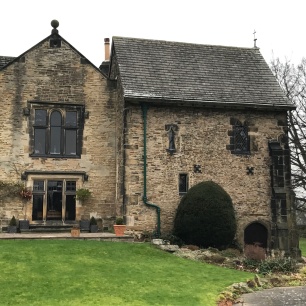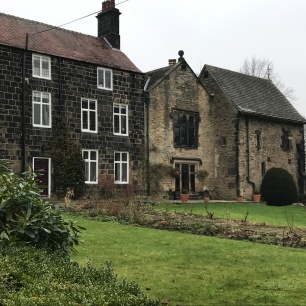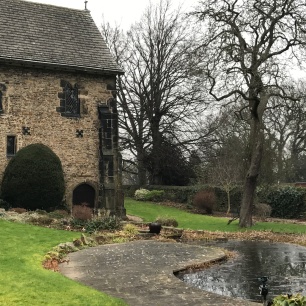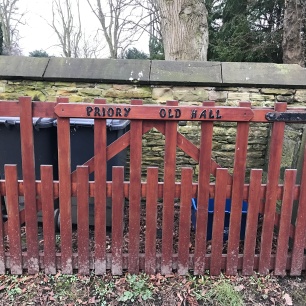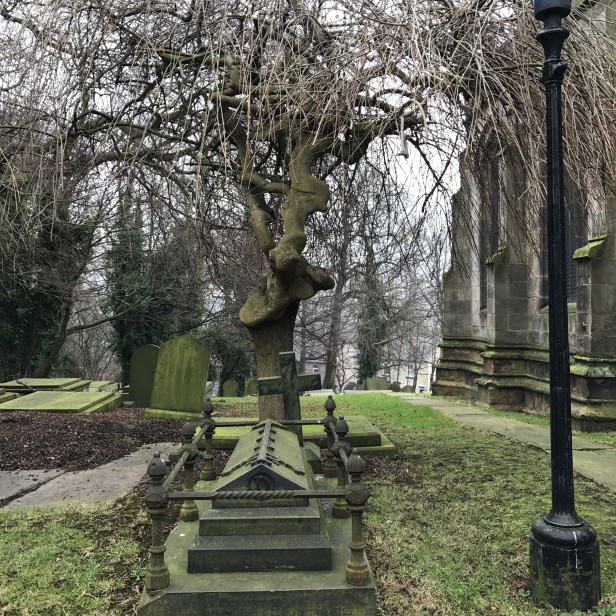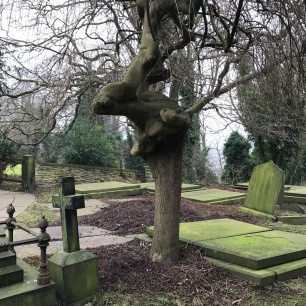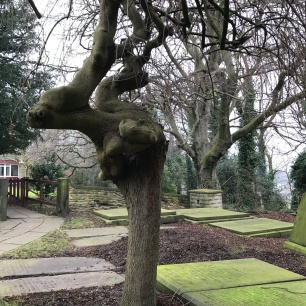Ecclesfield: Anglo-Saxon name meaning “church in a field”
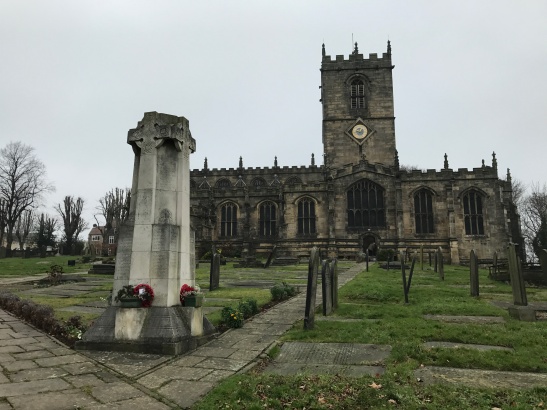
The Doomsday Book refers to Egglesfeld (meaning ‘church in a field’), so it is likely that a church existed here many years before the Norman Conquest in 1066.
Sat in the middle of a field (now the grave yard) lies the Church of St Mary (CofE).
I have visited Ecclesfield many times in the past and have visited the church once before, but being young I took this for granted and ignored the beauty and history surrounding me.
The church we see now was built in 1478 and finished in 1500. The first and original earlier church and grounds was owned by a local Lord (de Lovetot). The church, priory and nearby mill was given to the Benedictine monks of St Wandrille’s Abbey in Normandy, France in 1142. But during the 100 years war the priory and church was taken away from the French and given to the priory of St Anne, a Carthusian order from Coventry. The order did not occupy the grounds instead giving the responsibility to the vicars and chaplains.
After the dissolution of the monasteries the church and priory was handed over to the Lords of Hallamshire and since became a church of the Church of England.
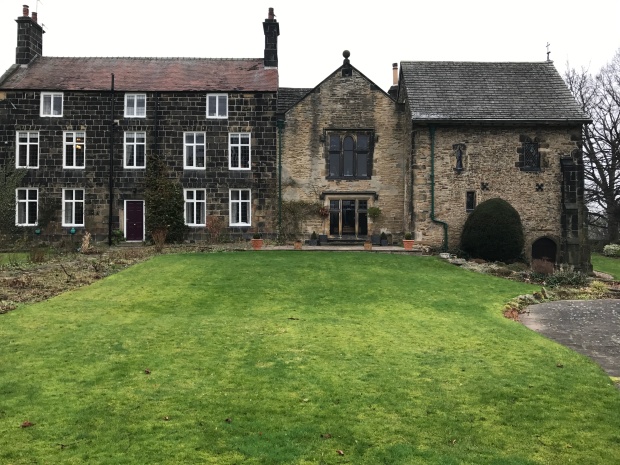
The Priory and Hall
It was reading the history if the church that I found, buried in the grave yard, a gentleman named Alexander John Scott. Some of yo may know the name; some of you may not. At first the name didn’t mean anything to me but me being me I started researching this gentleman.
I was astounded to find that Mr. Scott was the personal chaplain to the Lord Horatio Nelson, 1st Viscount Nelson he was a close friend to Lord Nelson and was with him at his death in 1805 aboard the HMS Victory at the Battle of Trafalgar.
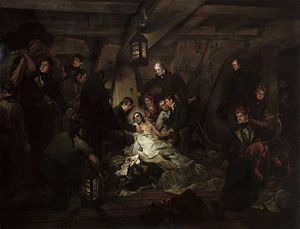
The Death of Nelson, 21 October 1805, Arthur William Devis – Alexander John Scott (the gentleman to the left of Nelson) continued to rub Lord Nelsons chest after his death till the doctor arrived.
Alexander John Scott, born in 1768 was educated at St John’s College, Cambridge, during his time at Cambridge he became fluent in French, Italian and Spanish. He was ordained in 1793 and joined the navy shortly afterwards.
Originally turning down Lord Nelsons offer to join him on the HMS Agamemnon Mr. Scott; sought after for his linguistic skills, eventually joined the HMS Victory in 1804 as Nelsons foreign secretary. He remained with Nelson at the hours of his death and accompanied his body back to England. Showing his dedication, friendship and loyalty he stayed with him during the lying in state at Greenwich Hospital and also attended his funeral held at St Paul’s Cathedral.
After Trafalgar Mr. Scott ages 35 married the 17-year old Frances Ryder and moved to Southminster, Essex, where be became the vicar of St Leonard’s Church. He has two surviving daughters (Horatia and Margaret) and a son who dies shortly after birth. His wife Frances died shortly after the birth if their son. Mr. Scott then became chaplain to the Prince Regent (George IV) and finally moved to Catterick in North Yorkshire.
His daughter Margaret, an author in her own right, married the Reverend Alfred Gatty, the vicar of St Mary’s Church, Ecclesfield, South Yorkshire.
Parents to Juliana Horatia Ewing, also an author and Alfred Scott-Gatty (see the name pattern) an officer of arms at the College of Arms in London and also a successful composer.
I am not able to find any information as to why Mr. Scott was in Ecclesfield at the time of his death but my own conclusion is that he either came to live with his daughter Margaret in his old age or that he was visiting her from Catterick and unfortunately passed away while there. (If you have any information about his please let me know)
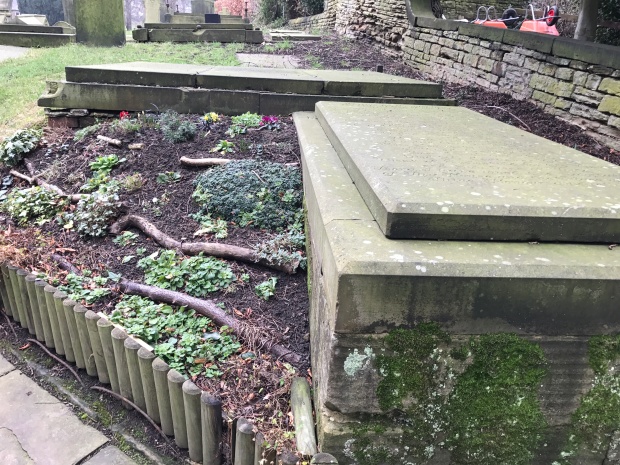
The Scott/Gatty Tomb
After tirelessly searching for Mr. Scotts grave I finally found his tomb around the back of the church.
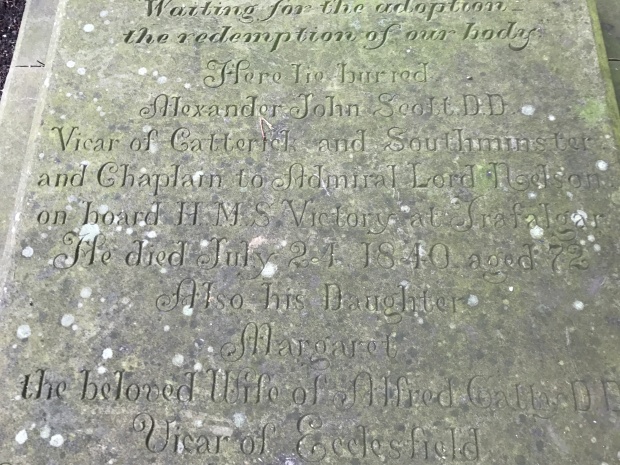
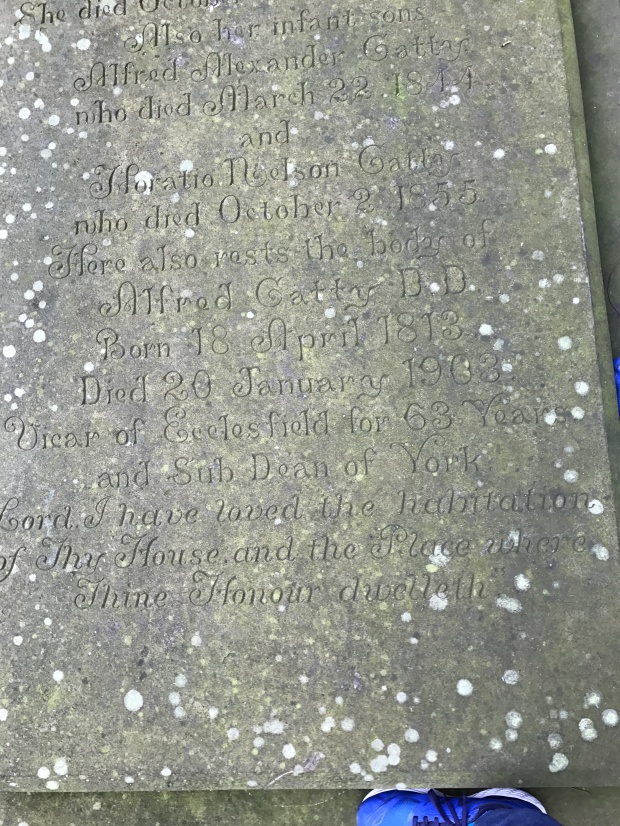
The Scott/Gatty Tomb. Sorry for the bad picture.
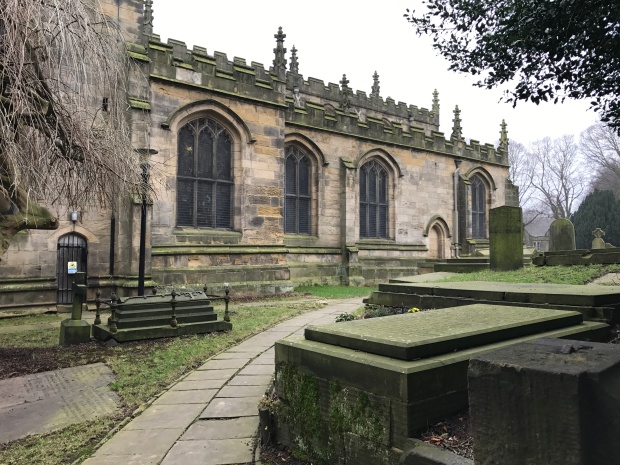
The Scott/Gatty tomb to the right of the picture, St. Mary’s Church in the back ground.
If I’ve already said it I do apologise but I just was to say how beautiful the church and grounds are at Ecclesfield. Without sounding morbid, I could have stayed there all day in the grace yard just sitting and researching.
The church is obviously at the centre of the community as you can see walking round the grave yard the same family names all side by side, all different generations.
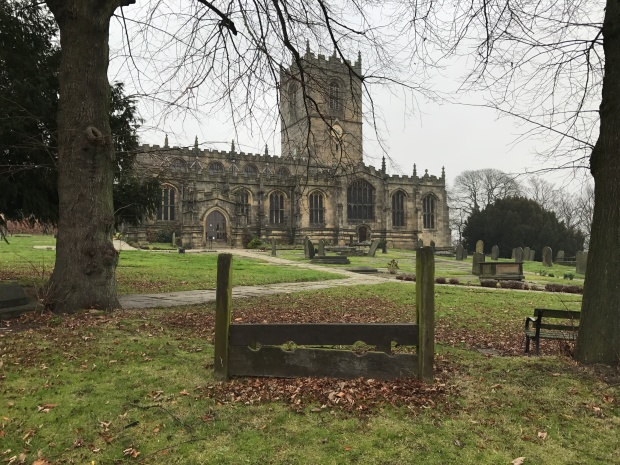
The town stocks.
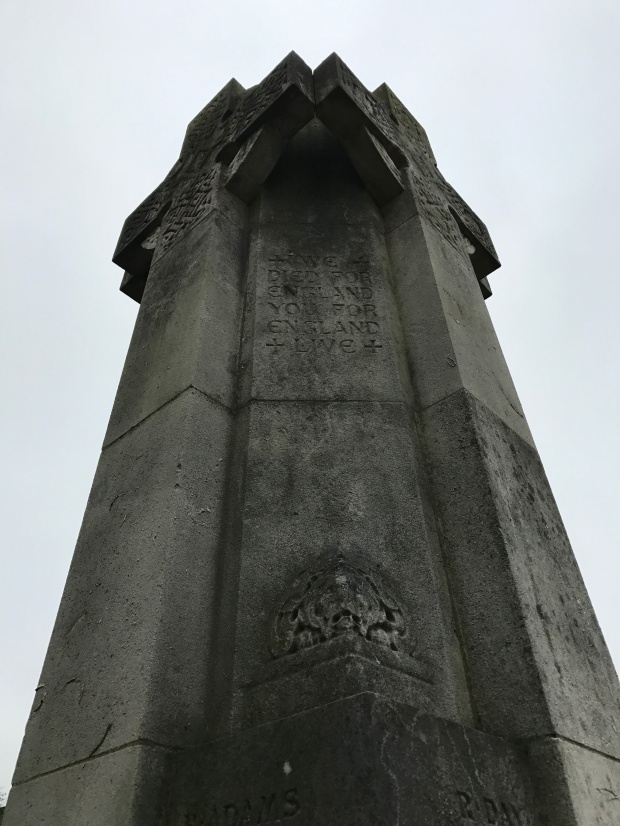
The War Memorial: We Died For England, You For England Live.
Walking through Ecclefield you can see the street names connected to the church. On first glance you wouldn’t think they meant anything but here we have St. Wandrille’s Close, Mill Street, Mill Close/Court and Church Lane. I missed them all until researching the church whilst there, I then saw the connection on my way back to the village centre.
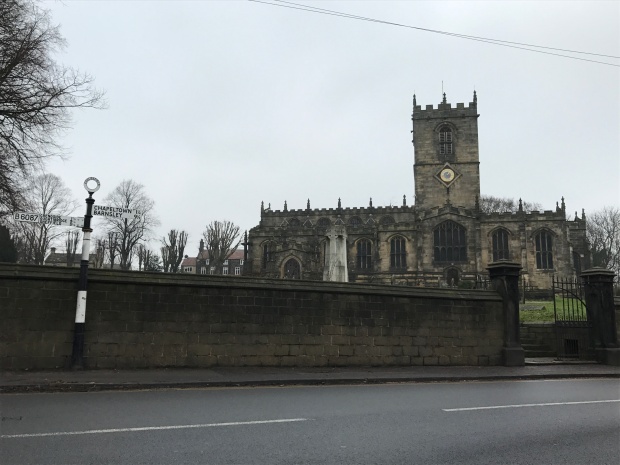
Isn’t it amazing how we go about our every day lives without even thinking or realising how much history surrounds us.
I often wish someone would finally invent a time machine so I could go back in time and see what like was like way back when.
But… we can only dream.
<3
